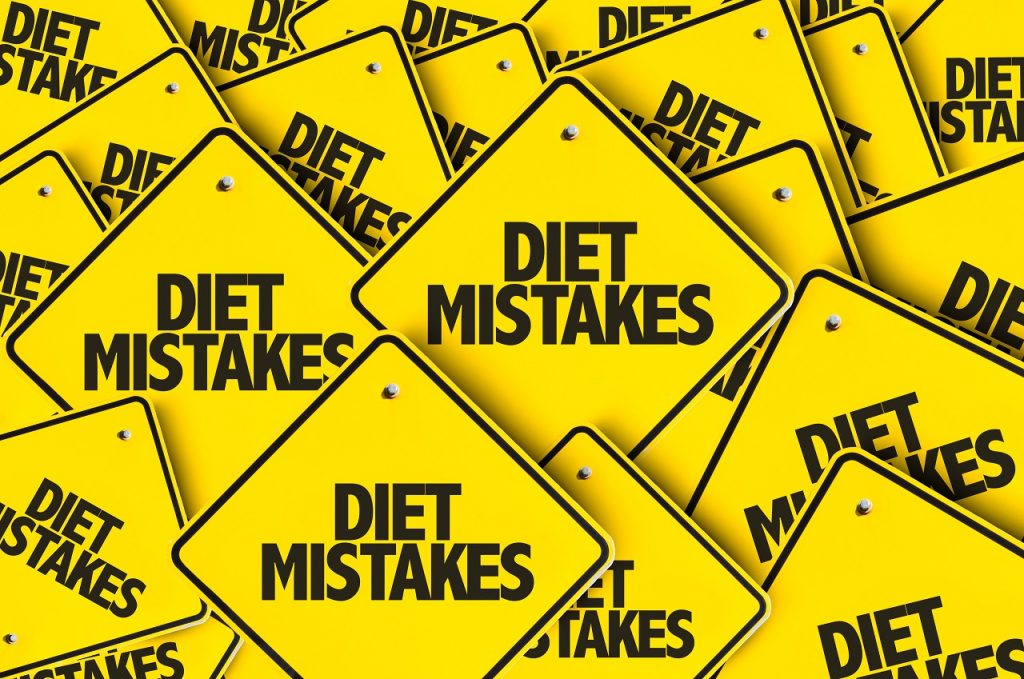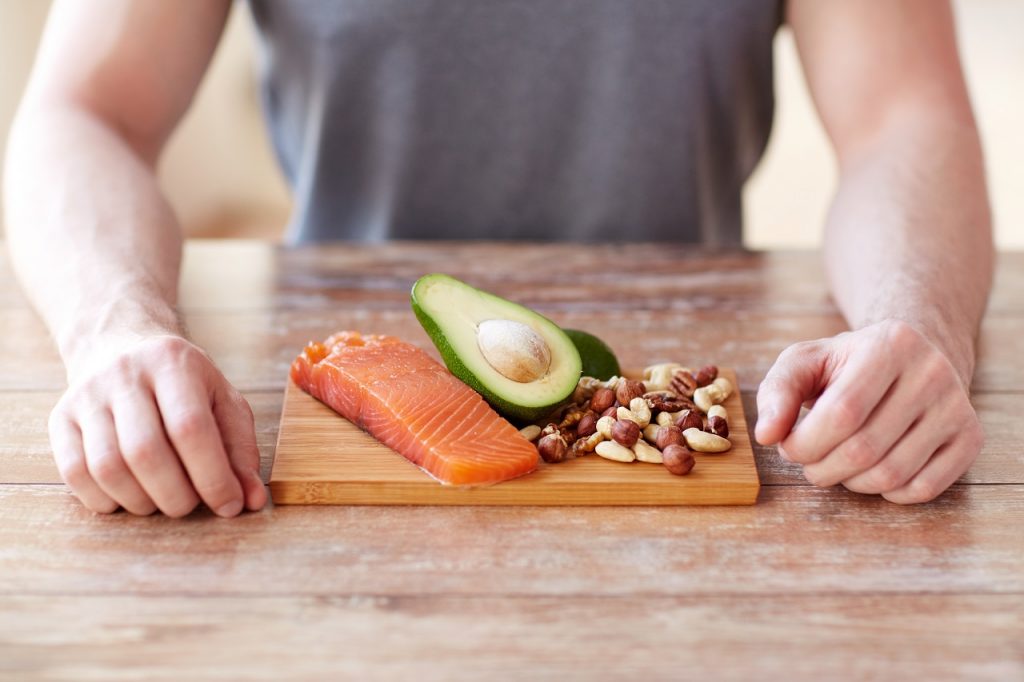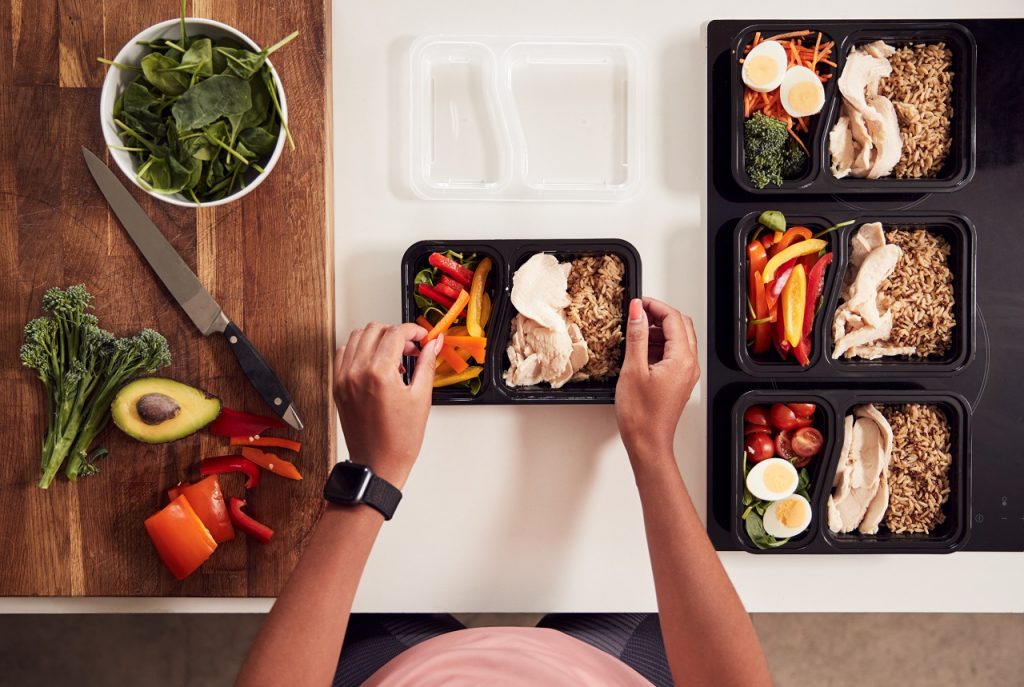 Have you ever found yourself doubting whether you’ll ever reach your weight loss goal? How many times have you been tempted to give up? Despite your best efforts—following exercise routines, eating right, controlling cravings—the results just don’t seem to show.
Have you ever found yourself doubting whether you’ll ever reach your weight loss goal? How many times have you been tempted to give up? Despite your best efforts—following exercise routines, eating right, controlling cravings—the results just don’t seem to show.
If that sounds familiar, you’re not alone. Many people struggle with weight loss even when they feel they’re doing everything right. But here’s the truth: there’s more to it than just diet and exercise.
Let’s uncover 7 powerful yet practical secrets to sustainable weight loss.
1. Focusing on a Single Number
Do you check your weight often and feel disappointed?
Weight loss isn’t only about the number on the scale – it’s about fat loss and muscle gain. Your body composition, ethnic background, and muscle mass all affect the number you see. That’s why tools like Body Composition Analysis (BCA) give a more accurate picture. Aim to do one every month, and track waist and hip measurements every 15 days for better insights.
2. Setting Unrealistic Goals
Aim for slow and steady weight loss – about 1.5 to 2 kg per month. It’s easier to achieve and maintain. Crash diets and short-term fixes may give quick results, but they’re rarely sustainable.
Set tangible, measurable goals, and back them with a clear plan. If you’re unsure, seek guidance from a certified coach to help you track progress effectively.
3. Sitting for Too Long
Exercising for an hour daily but not seeing results? The culprit might be your sitting time.
Research suggests that sitting continuously for long periods can slow metabolism, stiffen joints, and lead to back pain—similar in risk to smoking! Break the cycle: stand, stretch, or walk every 30 minutes. It adds up over the day.
4. Poor Sleep Habits
Adults need 7-9 hours of sleep per night. It’s when your body repairs tissues, processes information, and balances hormones.
Inadequate sleep not only makes you crave junk food, but it also disrupts your circadian rhythm, leading to weight gain. For best results, try to sleep between 10 pm and 6 am – your body responds best during these “golden hours”.
5. Stress Management
Are you stressed about not losing weight? Ironically, that stress might be the reason.
Stress raises cortisol levels, which promotes fat storage – especially around the belly. It also interferes with sleep and triggers ghrelin, the hormone that increases hunger even when you’re not truly hungry.
Chronic stress can also lead to emotional eating, fatigue, and even anxiety or depression. Managing it through meditation, breathing exercises, or time outdoors can do wonders.
6. Low Water Intake
Many people mistake thirst for hunger. A simple glass of water may be all you need instead of a snack.
Set a habit: drink one glass of water before every meal. Stay well hydrated throughout the day, especially before, during, and after workouts.
7. Nutrient Deficiencies
Deficiencies in Vitamin B12 and Vitamin D3 can hinder fat loss.
- Vitamin B12 helps convert fat, protein, and carbohydrates into usable energy.
- Vitamin D3 plays a role in limiting fat storage and improving mood and muscle function by increasing serotonin and testosterone.
Shockingly, up to 50% of the global population may be deficient in Vitamin D. It’s worth testing and supplementing if needed.
Still searching for that “magic pill”? The truth is, there’s no quick fix – but combining these 7 steps can create real, lasting change. Stay consistent, stay patient, and stay kind to your body.
For more tips, visit our Healthy Reads section or get expert guidance by subscribing to GOQii’s Personalised Health Coaching here.
#BeTheForce
Disclaimer: The information provided in this blog is for general awareness and educational purposes only. It is not intended to replace professional medical advice, diagnosis, or treatment. Always consult a qualified healthcare provider for personalised medical guidance or concerns related to your health. Images shown are for representation purposes only and may not depict the exact recommendations or outcomes.

 You’ve been exercising, eating in measured quantities, counting your calorie intake, controlling cravings, and drinking plenty of water. Yet, even after 5–6 weeks of doing everything right, the scale refuses to budge. You start to wonder—could it be your food choices? Quite possibly. But don’t worry—try these fat-burning foods which may boost your metabolism and support your weight loss journey.
You’ve been exercising, eating in measured quantities, counting your calorie intake, controlling cravings, and drinking plenty of water. Yet, even after 5–6 weeks of doing everything right, the scale refuses to budge. You start to wonder—could it be your food choices? Quite possibly. But don’t worry—try these fat-burning foods which may boost your metabolism and support your weight loss journey. The principles of weight gain and loss remain consistent, regardless of emerging theories on molecular science, blood group diets, fad exercise programmes, or restrictive eating plans. Fundamentally, your body utilises only the amount of food it requires for its functions. Any surplus is stored, potentially leading to fat accumulation.
The principles of weight gain and loss remain consistent, regardless of emerging theories on molecular science, blood group diets, fad exercise programmes, or restrictive eating plans. Fundamentally, your body utilises only the amount of food it requires for its functions. Any surplus is stored, potentially leading to fat accumulation.


